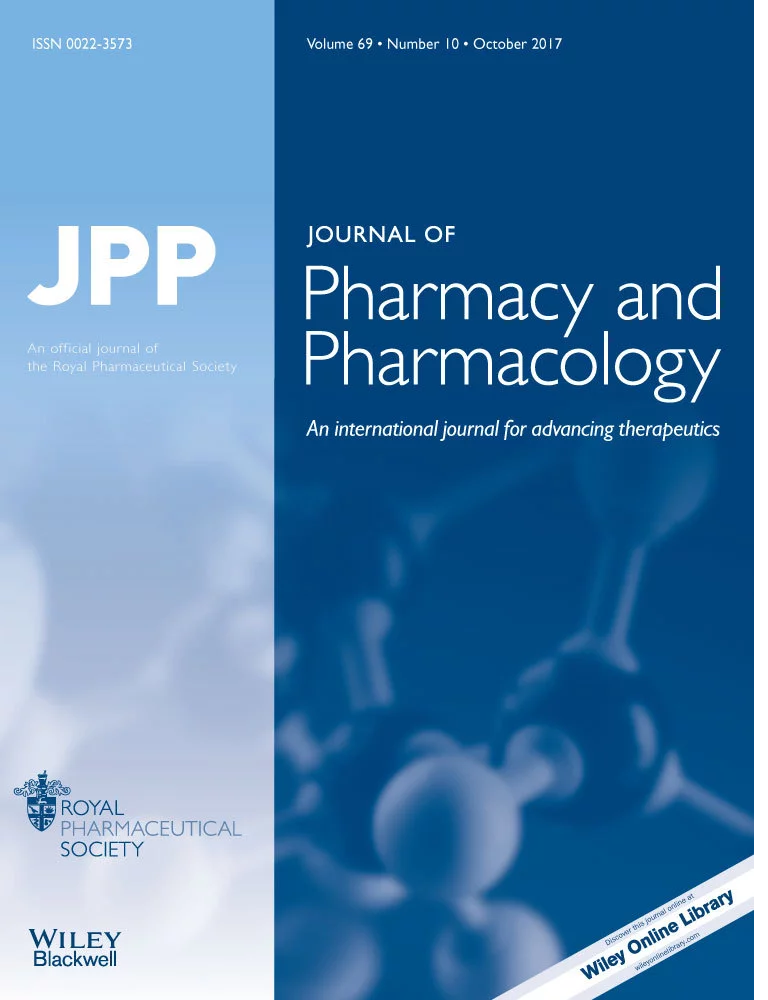Ver ítem
- xmlui.general.dspace_homeCentros Regionales y EEAsCentro Regional Santa FeEEA RafaelaArtículos científicosxmlui.ArtifactBrowser.ItemViewer.trail
- Inicio
- Centros Regionales y EEAs
- Centro Regional Santa Fe
- EEA Rafaela
- Artículos científicos
- Ver ítem
Development and assessment of a new cage‐like particle adjuvant
Resumen
Objectives: To obtain and assess stable cage‐like particles with low surface charge density, which can be prepared using a standardized, economic and scalable method.
Methods: To form these nanoparticles, the lipid composition and proportion as well the method were modified in relation to cage‐like particles previously described elsewhere. Bovine albumin was used to compare ISPA performance with that of other adjuvants in mice and to assess stability.
[ver mas...]
Objectives: To obtain and assess stable cage‐like particles with low surface charge density, which can be prepared using a standardized, economic and scalable method.
Methods: To form these nanoparticles, the lipid composition and proportion as well the method were modified in relation to cage‐like particles previously described elsewhere. Bovine albumin was used to compare ISPA performance with that of other adjuvants in mice and to assess stability. Adjuvant efficacy was analysed using a mouse model of Trypanosoma cruzi infection, which shows protection against an intracellular infection that needs a strong cellular response.
Key findings: The new particles were better in terms of level, kinetics and profile of humoral responses than Freund Adjuvant, aluminium hydroxide and Montanide TM ISA 206; they also tended to improve ISCOMATRIX™ performance. Particle size and adjuvant performance were conserved during the 6‐month period assessed after preparation. In the model of Trypanosoma cruzi infection, mice immunized with ISPA and trans‐sialidase developed high protection.
Conclusions: The obtained nanoparticles were stable and outperformed the other assessed adjuvants in joining together the capacity of most adjuvants to enhance the immune response against specific antigen, to reduce the number of doses, to homogenize the response between individuals and to reach a balanced TH1/TH2 response.
[Cerrar]

Autor
Bertona, Daiana;
Pujato, Nazarena;
Bontempi, Iván;
González, Verónica Doris Guadalupe;
Cabrera, Gabriel Gustavo;
Gugliotta, Luis Marcelino;
Hozbor, Daniela Flavia;
Nicastro, Alcides;
Calvinho, Luis Fernando;
Marcipar, Iván Sergio;
Fuente
Journal of Pharmacy and Pharmacology 69 (10) : 1293-1303 (October 2017)
Fecha
2017-10
ISSN
0022-3573
2042-7158
2042-7158
Formato
pdf
Tipo de documento
artículo
Palabras Claves
Derechos de acceso
Restringido
 Excepto donde se diga explicitamente, este item se publica bajo la siguiente descripción: Creative Commons Attribution-NonCommercial-ShareAlike 2.5 Unported (CC BY-NC-SA 2.5)
Excepto donde se diga explicitamente, este item se publica bajo la siguiente descripción: Creative Commons Attribution-NonCommercial-ShareAlike 2.5 Unported (CC BY-NC-SA 2.5)

